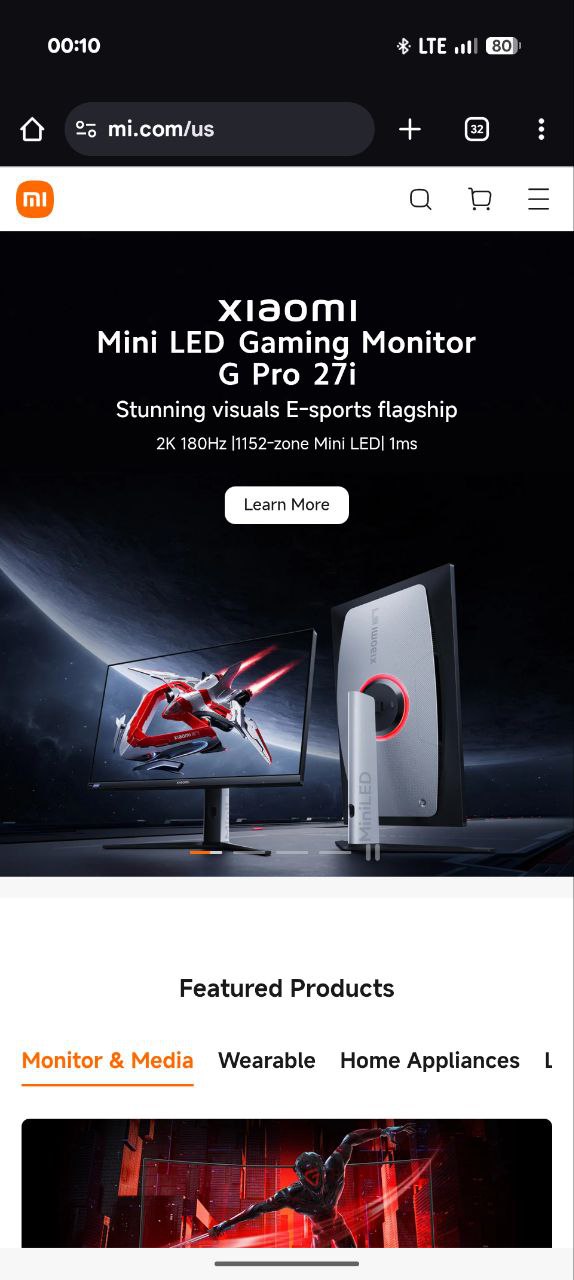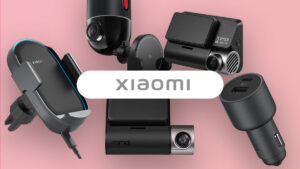Xiaomi, a Beijing-based tech giant and perennial Fortune Global 500 member , has cultivated a brand reputation as a company that brings innovation and affordability to the global smartphone market. While technically a «global» company, a closer look at Xiaomi’s actual market position, projected to 2025, reveals that it is, in reality, a company with several «strategic» shortcomings, given that it is the world’s third-largest smartphone manufacturer, behind only giants Apple and Samsung .
Although Xiaomi is a leading brand in countries like China , India , and Europe , its market is absent or limited in North America and other countries sanctioned by the company, as mentioned: Sanctioned countries .
1. Active Markets: Restrict instead of expand
Xiaomi knowingly restricts the operation of its devices in several countries subject to international bans. These countries are:
- Cuba
- Iran
- Syria
- North Korea
- Sudan
- Crimea
Of course, these restrictions are not without reason. As Xiaomi’s export control policy indicates, they adhere to both US and international export laws to maintain access to global supply chains and financial systems. Devices sold in this region up to 2021 were disabled by this announcement.
«Xiaomi’s policy does not allow product activation in the region where you are located.»
Although it faced criticism, this action demonstrated that Xiaomi was serious about compliance worldwide. Later, it removed the restriction, calling it a «temporary compliance investigation.»
2. Strategic absence in North America
The absence that has perhaps attracted the most attention is Xiaomi’s strategy of refraining from launching mobile phones in the United States or Canada .
The US market
Although mi.com/us is present, the company launches ecosystem devices such as smart air purifiers, TV boxes, monitors, and wearables, with one glaring exception: smartphones . The reason lies in political tensions.
In early 2021, the U.S. Department of Defense gave the company a temporary designation as a «Communist Chinese Military Enterprise.» Although the company successfully challenged the designation in court, the incident highlighted the dangers of competing in the U.S. smartphone market.
The company adopts a «low-risk» approach by committing to smart devices that are not likely to pose a national security problem, thus adopting an «ecosystem-first» approach as a company, which is a strategy that differs from Huawei’s, as the latter is highly contentious.
The Canadian market
The availability of Xiaomi devices in Canada is even more limited: there are no official sales or website . Canadian buyers acquire their devices through gray market importers like Swiftronics or Mi4Canada , but these offer no warranty or network certification .
The main reason for this absence, however, is Canada’s strict regulations, which are largely similar to those in the US. Costly certification and carrier testing will be required if Xiaomi wants to enter the Canadian smartphone market, and this shouldn’t happen unless the company also enters the US market.
3. Gray Regions: Xiaomi’s Unwanted Address Space
Aside from its sanctioned and strategic exclusions, Xiaomi sells its products in what are commonly referred to as «gray market» countries. The term «gray market countries» refers to countries where, although Xiaomi has no official distribution network, its products are imported or purchased by locals due to market demand, often through online purchases by potential customers. This includes countries like Africa and Central Asia where such gadgets are legally imported but sold unofficially. These gadgets can help build brand awareness for Xiaomi, but they also present serious disadvantages:
- Lack of international warranty service
- Limited or unavailable software updates
- Lack of network compatibility (e.g., not compatible with VoLTE)
Interestingly, some grey markets eventually become official markets. A prime example is Australia , which transitioned from a grey market to an official region by the end of 2025 thanks to the availability of mi.com/au .
4. A broader vision: A three-speed global strategy
Xiaomi’s market distribution structure is a three-tiered global model:
- Protected Markets – Regions that are fully compliant and officially supported, such as China, India, and the EU.
- Avoided Markets – High-risk or excessively regulated areas such as the USA and Canada.
- Incubation markets – Gray areas where consumer demand is tested before a possible official entry.
On the contrary, all these patterns of absence indicate that Xiaomi is capable of adapting to the geopolitical and commercial complexities involved. Furthermore, rather than being a negative, this strategy actually makes Xiaomi stronger by keeping it away from high-risk areas.
Xiaomi’s absence from some countries is far from accidental; rather, it’s the result of strategy, cooperation, and the management of risks and priorities. While well-intentioned enthusiasts may want to bring Xiaomi’s technology to the US or Canada, Xiaomi’s cautious approach will contribute to its continued viability in a politicized tech world.


 Emir Bardakçı
Emir Bardakçı



